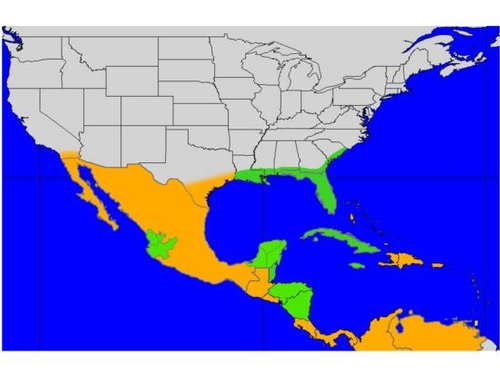Genetic modification may be only way to save citrus industry
Genetic modification is the best long-term hope for the citrus industry when faced with huanglongbing disease, according to a Reuters special report, however, opposition to so-called "Frankenfood" is expected.
Reuters centered its story in Florida, where huanglongbing, or citrus greening disease, was first identified in 2005. The devastating citrus disease is spread by Asian citrus psyllid (ACP), which made it's way into the Sunshine State in 1998.
Asian citrus psyllid was found in California in 2008; to date huanglongbing has not been found. The psyllid attacks leaves and stems of citrus, injecting a toxin when it feeds that causes leaves to twist and die. But the real threat is huanglongbing (HLB), "yellow dragon disease."
HLB can kill a citrus tree within 3 to 5 years, and there is no known cure. Once a tree is infected with HLB, the only way to prevent its spread is to remove and destroy the infected tree.
In the short-term growers are increasingly relying on pesticides to keep ACP at bay, the article said. The practice carries the risk of insects developing pesticide resistance, groundwater contamination and disruption of an integrated pest management program that depends on beneficial insects.
The biotech industry and geneticists in particular are making an all-out push to develop an effective weapon against greening, such as citrus trees genetically modified to be resistant to HLB. USDA scientist Calvin Arnold told the reporters he believes the general public is likely to accept GMO orange juice.
"I think especially here in the U.S., they're understanding transgenics a lot better. Just like people go to Taco Bell, they know they're eating crops that have been produced transgenically," Arnold was quoted.
For more on Asian citrus psyllid in California, see the UC Kearney Agricultural Center Citrus Entomology website.

North American distribution of ACP is in orange; areas with ACP and HLB are in green.
